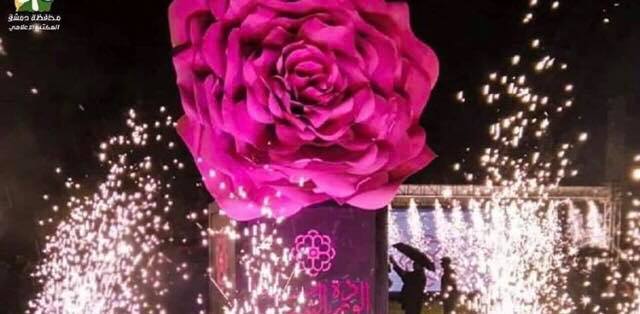In its inclusion on the list of intangible human heritage … the Damascene rose …is a tale of perfume and heritage.
The Damascene rose was found in the Middle East, thousands of years ago, where it dates back to before BC, and Ibn Sina was the first to discover the aromatic benefit of the rose and the first to start extracting essential oil from the Damascene rose since the eleventh century AD.
Its oil is the most expensive in the world.
The craft of extracting perfume from the Damascene rose is spread in several places such as Ghouta in Damascus and Qalamoun “in the villages of Al-Marah and Al-Qastal”, these regions constitute 74% of the areas which produce the essential oil of the rose.
In terms of privacy and the most important of the Damascene rose is the essential oil “rose oil” which the Chinese described as more expensive than gold and has many aromatic and medicinal benefits, to stop the bleeding and treat diseases of the kidneys and urinary system
Rules and principles
 This profession has foundations and rules and needs precision and expertise to extract oil from the rose and then use it to create perfumes, and thus the knowledge is transferred from parents to the children especially since the elders are keen to teach their children the details of workmanship because Damascene perfumes are therapeutic and psychological applications, nervous and physical
This profession has foundations and rules and needs precision and expertise to extract oil from the rose and then use it to create perfumes, and thus the knowledge is transferred from parents to the children especially since the elders are keen to teach their children the details of workmanship because Damascene perfumes are therapeutic and psychological applications, nervous and physical
Therefore, we find what is the specificity of flowers that are related to the aesthetic and visual taste in Syrian society, which reflects the cultural richness in dealing with nature.
The Syrian town that belongs to the Nabek region is famous for cultivating the Damascene Rose, which grows naturally due to the suitability of the soil and climatic conditions.
This cultivation and the associated products depend on the rose.
One of the most prominent sources of income for the inhabitants of this town, as it is a tradition inherited in a number of villages in the Qalamoun region.
Adapted By Lama Razzok

